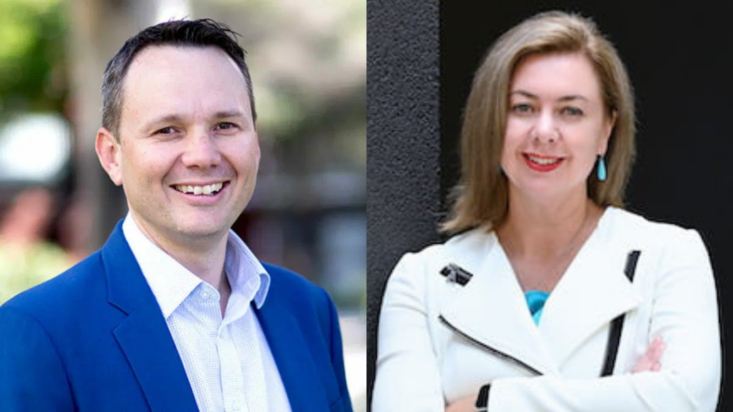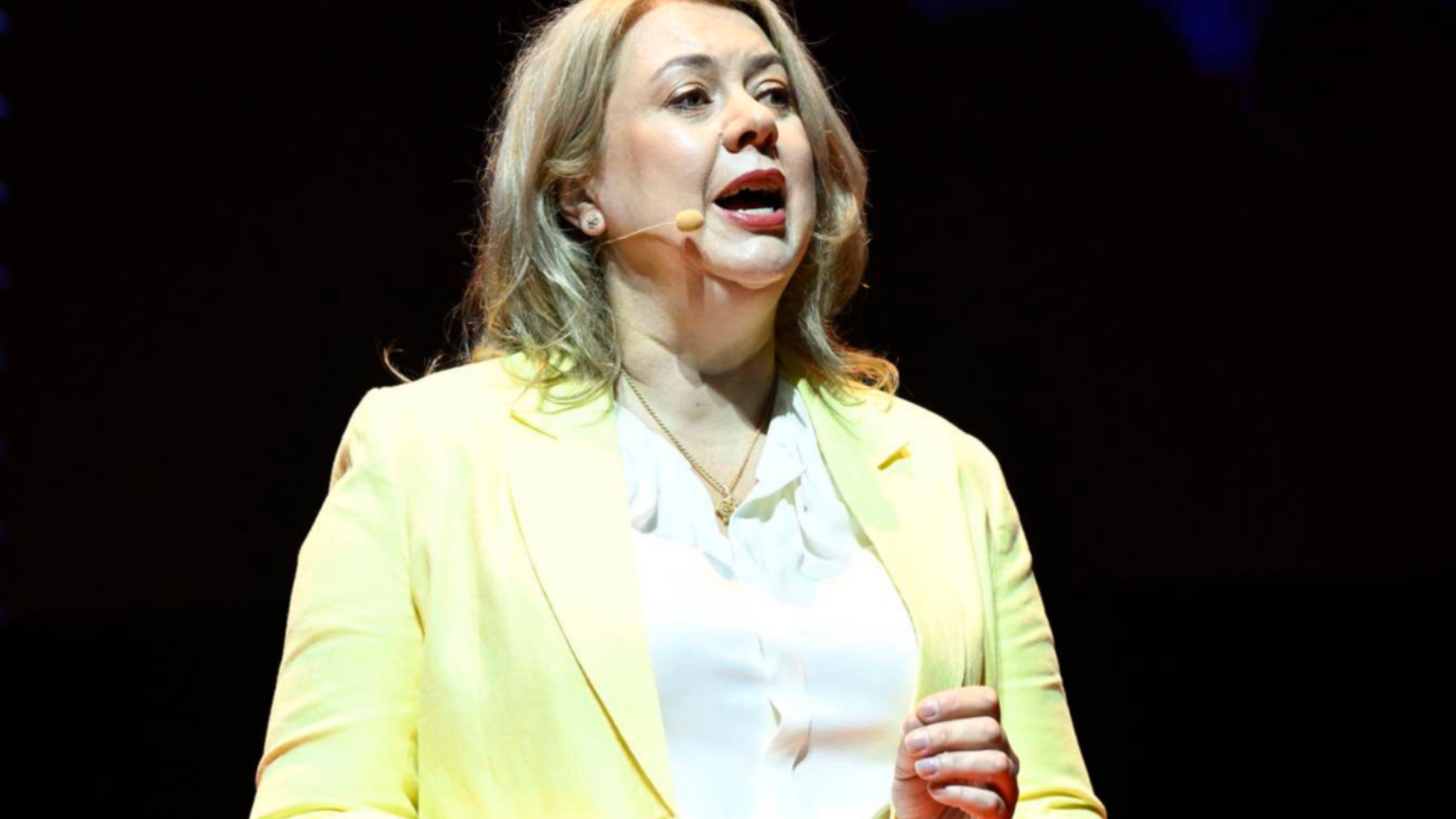FPA and AFA complete merger to create unified voice for advisers
After years of competition and co-operation in equal measure, the Financial Planning Association (FPA) and the Association of Financial Planners (AFA) have come together to form one major association aimed at representing Australian financial advisers.
As of April 3, the two groups will form the new Financial Advice Association Australia (FAAA) as a single team in one office on Clarence St, Sydney.
The FAAA released several details about the new entity in a release sent to industry on Monday, including an announcement that AFA national president Sam Perera will step down and not take up a position on the new board.
FAAA chair David Sharpe (pictured, left), who will lead the new association in tandem with CEO Sarah Abood (pictured, right), paid tribute to the work of Perera and previous FPA chair Marisa Broome in helping to get the merger off the ground.
The group revealed its new board as part of the announcement, with members listed below:
FPA directors who will serve on the FAAA board: 
- David Sharpe – chair 
- Diana D’Ambra 
- Kearsten James 
- William Johns 
- Jade Khao 
- Julie Matheson 
- Angela Martyn 
- Julian Place 
AFA directors who will serve on the FAAA board: 
- Michelle Veitch – deputy chair 
- Katherine Hayes 
- Patricia Garcia 
- Shaun McDonagh 
A coming together
The merger comes after five years of industry rationalisation sparked by the Hayne royal commission, the exit of the banks from the industry and the implementation of higher ethical and educational standards for financial advisers.
Since 2018 adviser numbers have dropped from around 30,000 to 15,870 according to wealthdata, which placed serious downward pressure on the membership bases – and revenue streams of both the AFA and the FPA.
At the same time, the need for a united voice to represent the industry has grown as the need to repair overly complex regulatory constraints culminated in the Quality of Advice Review, with review lead Michelle Levy handing her recommendations to Treasury in December, 2022.
The industry has a reputation for being at-times fractious, with the myriad disparate views on how to regulate advice being reflected in the dozen or so associations, councils and assorted groups representing the shrunken cohort of advisers.
To that end, leaders at both the FPA and the AFA have put themselves on the path to merging for the last few years, showing a united front in Canberra. More recently, and as the merger has taken shape with the FPA as the ‘big brother’ in terms of membership and capital, FAAA CEO Abood has been highly visible in working with Levy to spearhead the review.
This focus on unified representation will take precedence in the branding of the new entity, with the FAAA’s new logo reflecting its driving purpose.
“Central to the new logo design are the three “a”s of the name represented as three speech bubbles, to symbolise its voice in dialogue with key stakeholders,” the FAAA’s release stated.
In a recent survey completed by CoreData, 79 per cent of advisers said “sensible regulation of the industry” will be the best indicator of the new association’s effectiveness. Forty four per cent of respondents also cited the need for a “bigger voice” for the industry was the biggest driver in them supporting the merger.











